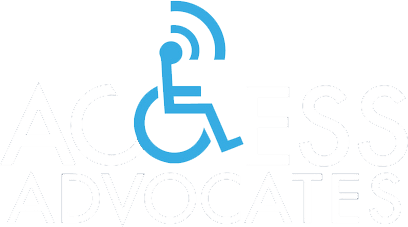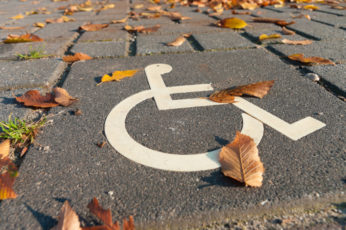Air Carrier Compliance Regulations
Airports must follow the regulations outlined in the Americans with Disabilities Act (ADA). Compliance includes the the following:
- Easily accessible relief areas designated for those departing, arriving, or connecting on flights accompanied by a trained service animal
- Airport must ensure accessible inter-terminal transportation, including but not limited to, moving sidewalks, shuttle vehicles and other people movers
- Facilities must have air transportation access for people with disabilities between gates and aircraft, at loading bridges, and passenger lounges
- Media must include high contrast captioning communication, flight information, entertainment, and safety briefings with current and accurate information for those with visual or hearing impairments
- Carriers must ensure passengers with disabilities can readily use all terminal facilities, both owned and leased, including those provided by foreign carriers
- Kiosks throughout the airport must be made accessible to those travelers using wheelchairs






